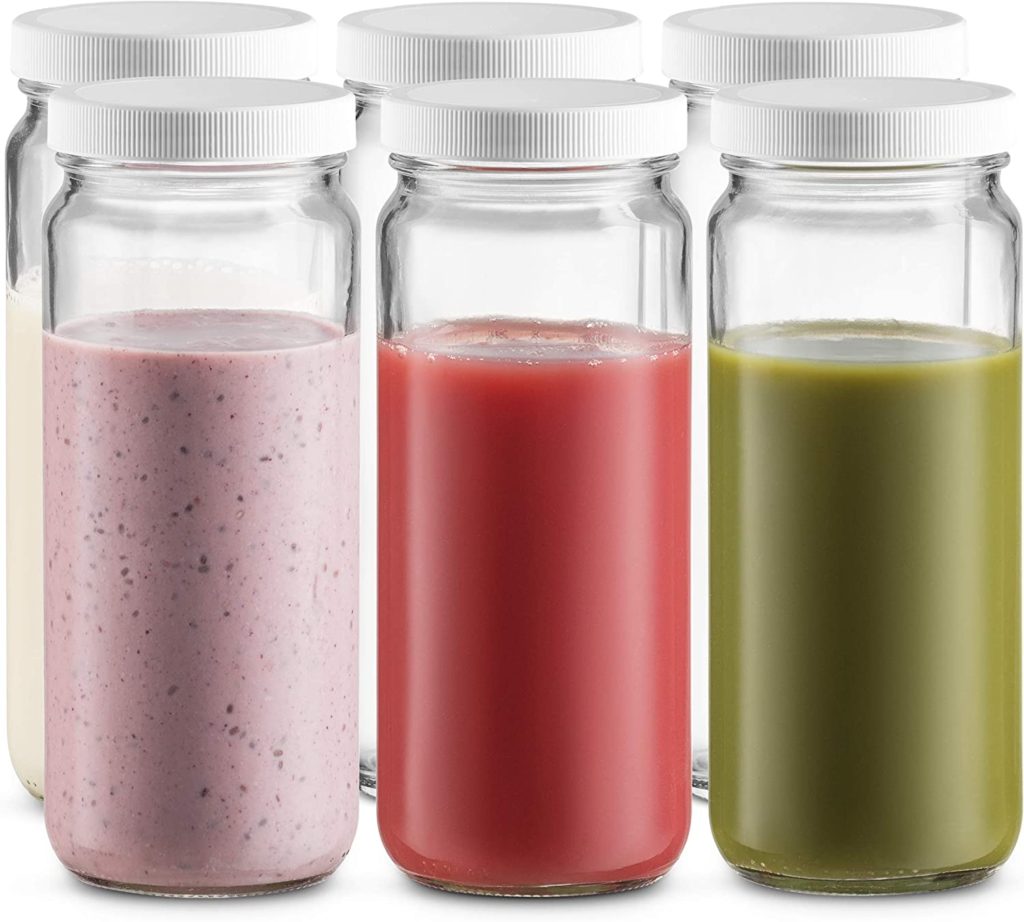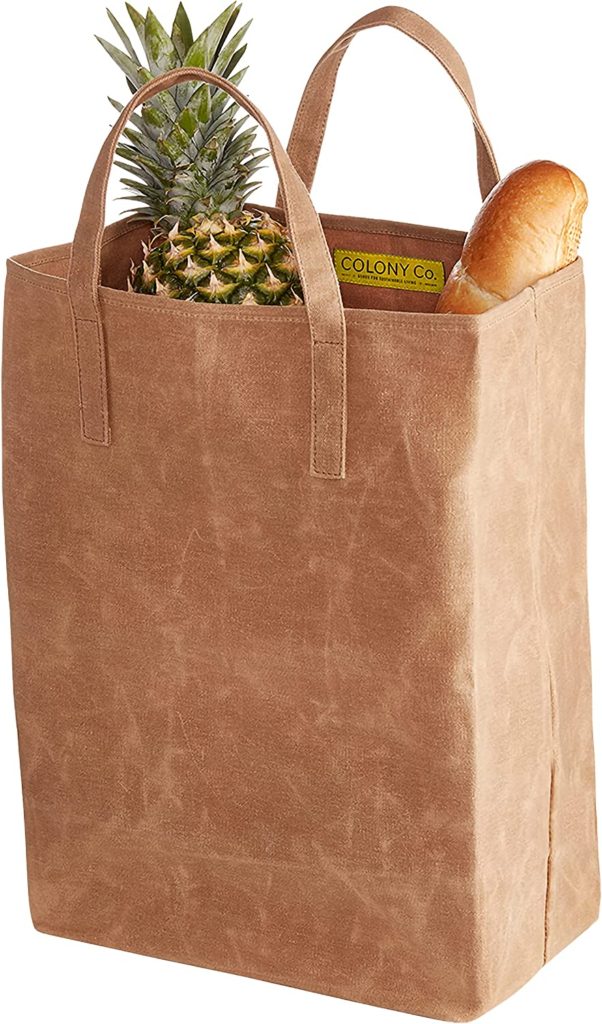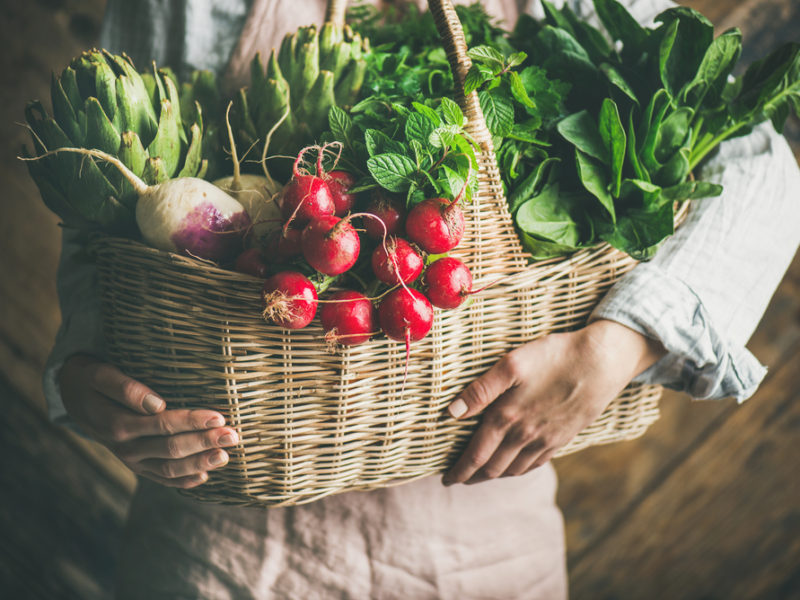In an era marked by environmental concerns and a growing desire for healthier lifestyles, sourcing sustainable foods has gained significant traction. Consumers are increasingly seeking eco-friendly food choices that align with sustainable food practices. From organic farming to locally sourced produce and the farm-to-table movement, there are numerous ways to make ethical and sustainable food consumption choices.
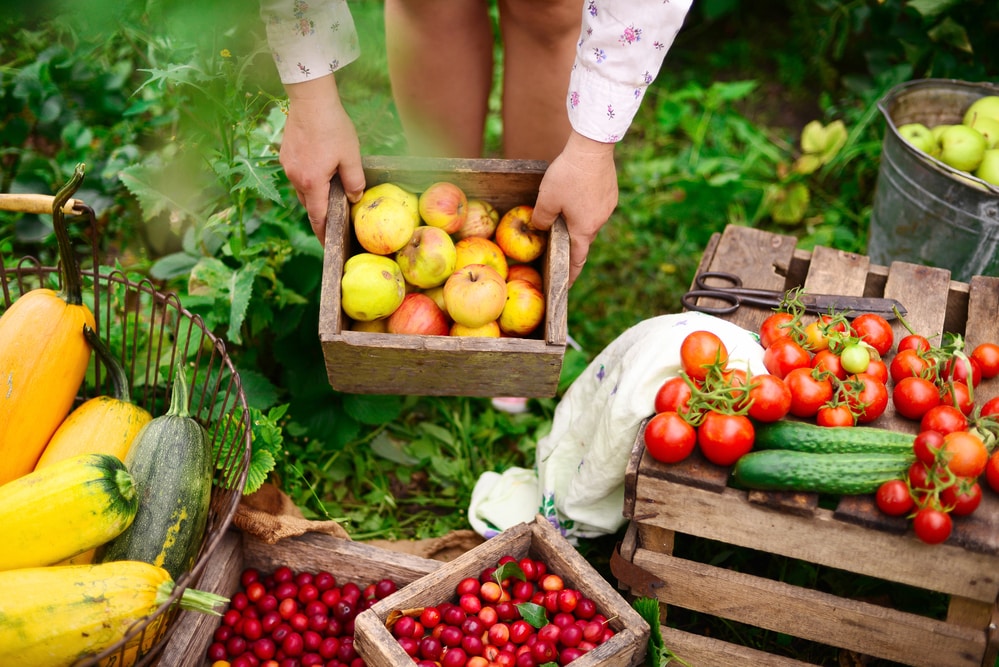
This post is all about sustainable foods. Get your free printable list to simplify shopping!
Choose These Foods Often for Better Health and Less of an Impact on the Environment
When it comes to eating healthier and being more eco-friendly, there are a lot of choices to make when it comes to the food you buy and eat daily. If you choose the wrong foods, you can consume more resources than necessary and not help the environment (and climate change) as much as you when eating healthier and being more eco-friendly. Take this list of the most sustainable foods on your next grocery run.
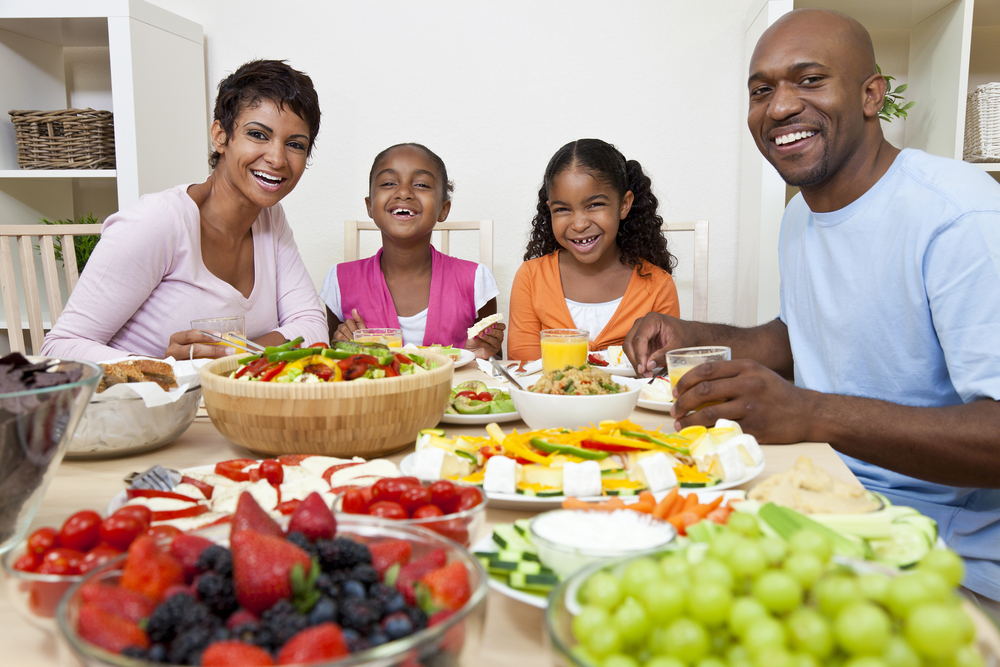
Are You and Your Family Eating Sustainably?
When you are out buying your groceries, you may have noticed that many products are marketed as being eco-friendly or sustainable in some way.
What are sustainable foods?
Sustainable foods are foods that are produced to support nature. Eating this way can benefit both yourself and the world around you.
Organic foods are not raised with pesticides and herbicides that harm the soil ecosystem and possibly your own microbiome.
Here, you will learn some tips about eco-friendly foods and making better choices at the grocery store.
I encourage you to use these tips to learn more about why sustainable eating is essential, and scroll down to find a free printable list of eco-friendly foods you can take on your next grocery trip!
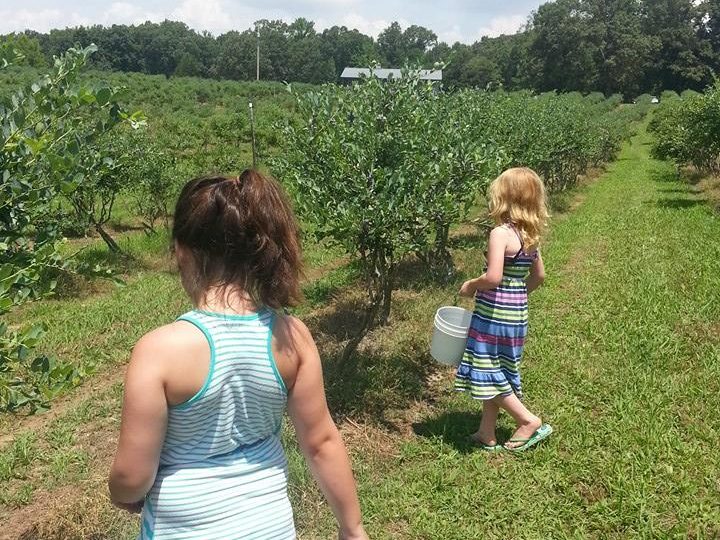
Sustainable Agriculture Methods
Sustainable agriculture methods prioritize long-term ecological balance, soil health, and biodiversity preservation.
This includes practices such as organic and sustainable farming, which avoids synthetic pesticides and prioritizes soil regeneration through composting and crop rotation.
We can contribute to a healthier and more sustainable food system by supporting farmers who employ sustainable agriculture methods.
Locally Sourced Foods and the Farm-to-Table Movement
By choosing locally sourced foods, we reduce the carbon footprint associated with long-distance transportation and support local farmers.
The farm-to-table movement emphasizes directly sourcing food from local producers, ensuring freshness and transparency, and supporting the local economy.
Incorporating locally sourced ingredients into our meals fosters a deeper connection with the community and reduces environmental impact.
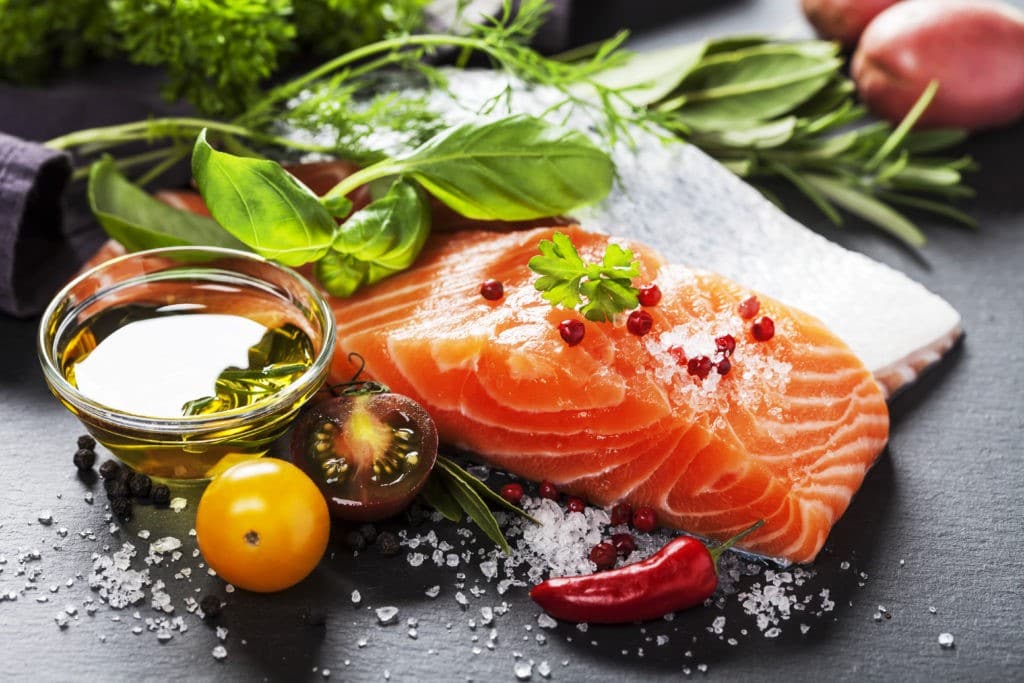
Sustainable Seafood Options
Overfishing and unsustainable fishing practices pose significant threats to marine ecosystems.
Opting for sustainable seafood options, such as those certified by organizations like the Marine Stewardship Council (MSC) or Aquaculture Stewardship Council (ASC), helps protect fish populations and the health of our oceans.
Look for labels indicating sustainable fishing practices when purchasing seafood.
Ethical Food Consumption and Plant-Based Sustainable Diets
Adopting plant-based sustainable diets or incorporating more plant-based meals into our routines reduces the environmental impact associated with livestock production.
By minimizing meat consumption and supporting ethically raised animal products, we contribute to a more sustainable food system that prioritizes animal welfare and resource conservation.
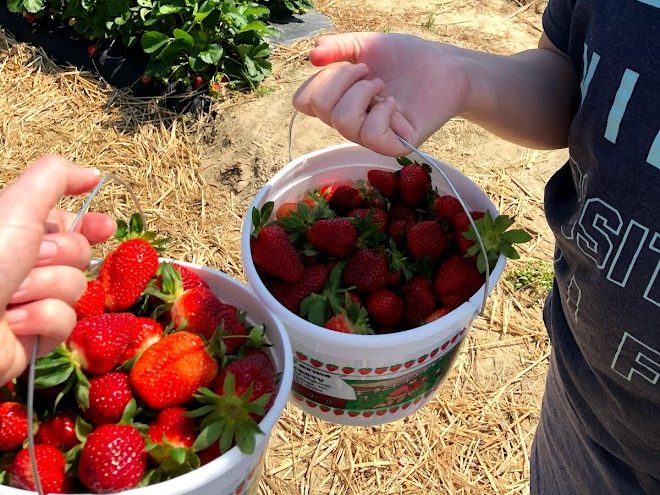
Seasonal and Local Eating
Eating seasonally and locally reduces reliance on long-haul transportation and minimizes the energy required for food preservation.
By embracing the natural availability of fruits and vegetables throughout the year, we can reduce our carbon footprint and support regional agricultural diversity.
Sustainable Food Certifications and Systems
Look for sustainable food certifications, such as the USDA Organic label, Fair Trade certification, or Rainforest Alliance certification, which verify that products meet specific environmental and social standards.
Additionally, supporting sustainable food systems prioritizing fair wages, safe working conditions, and environmental stewardship contributes to a more equitable and resilient food industry.
Zero-waste Cooking and Sustainable Food Packaging
Minimize food waste by adopting zero-waste cooking practices. Utilize leftovers creatively, compost food scraps, and reduce single-use packaging.
Opt for sustainable food packaging alternatives like reusable containers or biodegradable options to reduce waste and promote a circular economy.
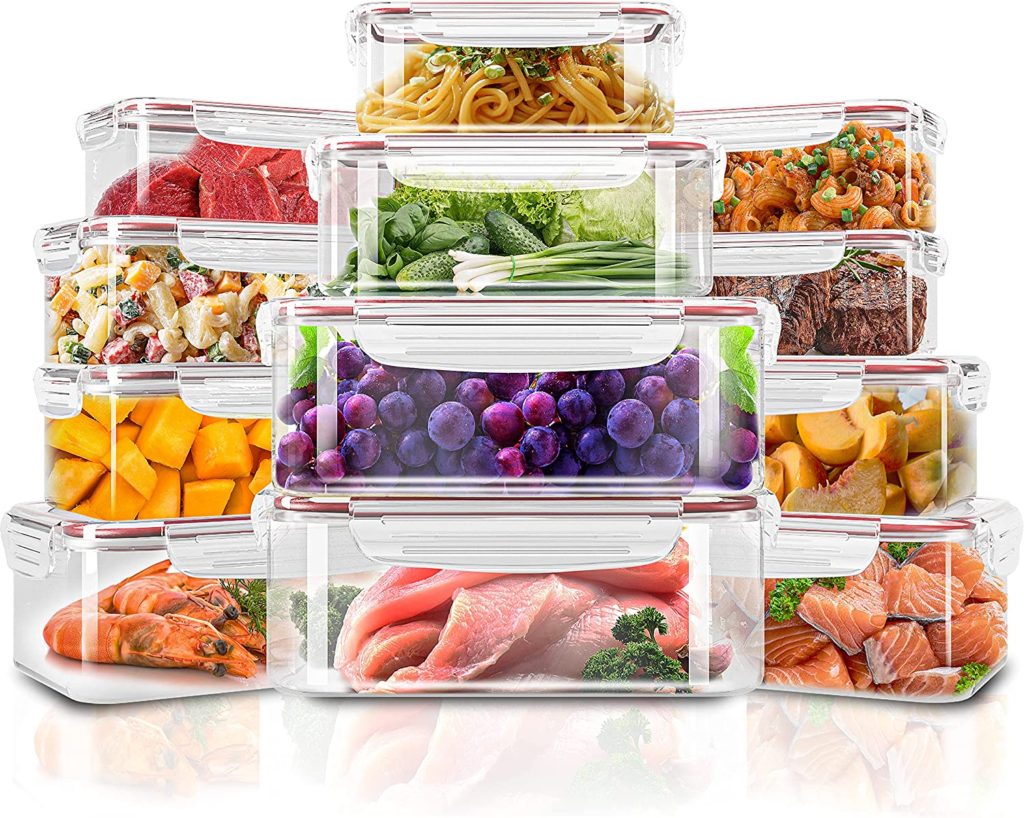
Sustainable Grocery Shopping
Practice sustainable grocery shopping by selecting products with minimal packaging, choosing locally sourced and organic options, and supporting brands committed to sustainable practices.
Making conscious choices at the grocery store can drive positive change throughout the food industry.
Read Next: The Top Sustainable Food Brands to Look Out For
Regenerative Agriculture and Community-Supported Agriculture (CSA)
Regenerative agriculture goes beyond sustainability, aiming to restore and improve ecosystems while producing food.
Support farmers who implement regenerative practices that restore soil health and biodiversity. That means Buying organic and local as often as possible.
Community-supported agriculture (CSA) programs directly connect to local farms, allowing individuals to receive a share of the harvest and support sustainable farming practices.
You can also buy CSA (Community Supported Agriculture) shares! Joining a CSA is a beautiful thing. If you are not a local group member, I encourage you to find one. It is an excellent way to get fresh, organic, and sustainable produce at its peak freshness for great prices.
Sustainable Food Reduces Packaging Waste
Did you know that in 2015, approximately 381 million tons of plastic were discarded?
The average American generates about 4 pounds of plastic waste daily, and our country comes second to China for the most plastic waste. Not great for climate change.
Therefore, it’s essential to reduce your plastic waste whenever possible. An easy way to do so is by shopping at local farmers’ markets, buying whole, unprocessed foods, and learning how to grow your food.
Read Next: Tips for Buying Plastic-Free Groceries
Combat food waste by planning meals, properly storing food, and utilizing preservation techniques like freezing or canning.
Donate excess food to local organizations, compost scraps, and raise awareness about food waste’s environmental and social implications.
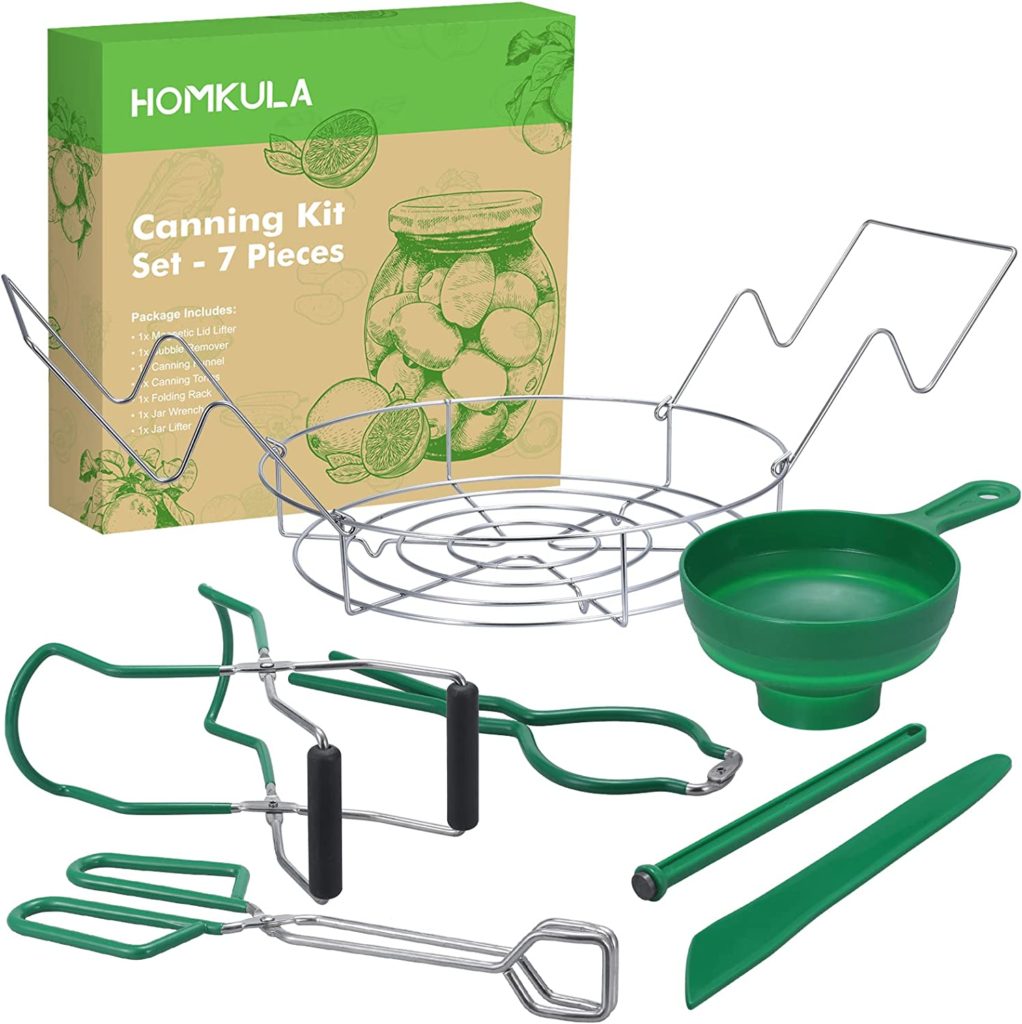
Amazon
Teach Yourself How to Preserve Food
Elizabeth Ash
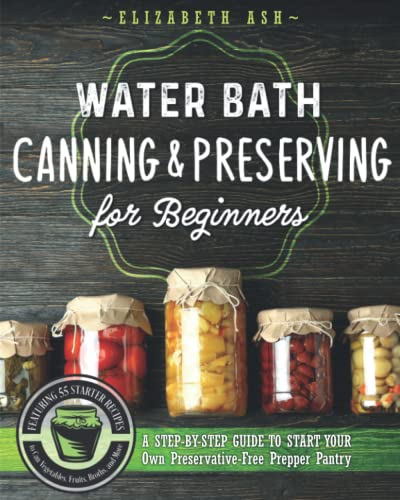
Sustainable Foods are Bought Locally
In addition to being eco-friendly, supporting local farmers is a great way to get high-quality, sustainable food.
The food won’t have traveled far from farm to plate, meaning it will retain its nutritional value and freshness; many local farms use environmentally friendly methods and pesticides that are better for your health and the environment.
Eating locally also helps you know exactly where your food comes from—and supports small businesses in your community. Sustainable nutrition is more nourishing, too.
Also, plenty of other foods fall under the sustainable category at your local farmer’s market or grocery store.
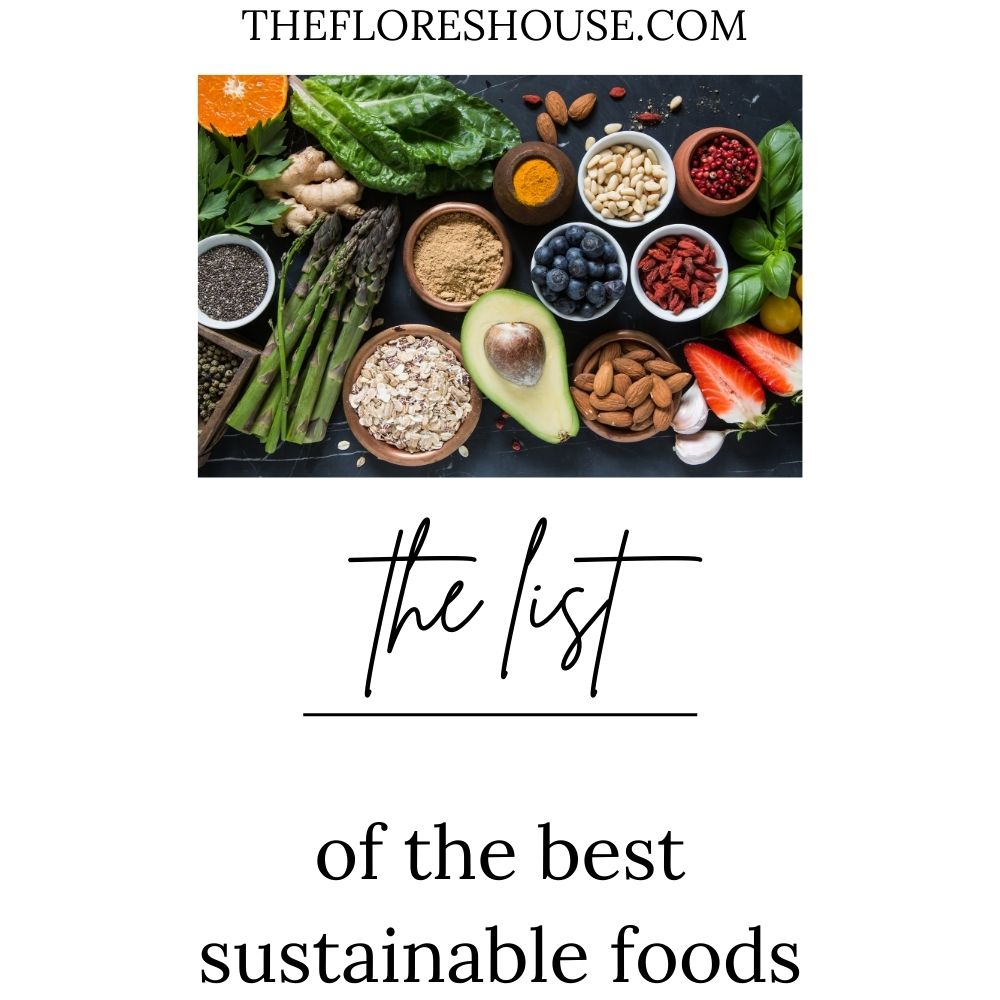
Sustainable Foods are in Season
Buying foods when they are in season (with this app) is one of the easiest ways to eat more sustainably—and your wallet will be happy with you.
Each season offers certain fruits and vegetables at their peak, meaning they’re both fresh and at their most affordable prices. The freshest produce is an excellent source of essential nutrients and phytochemicals that help prevent disease and keep us healthy!
When your favorite foods are in season, stock up on these items. For instance, we buy tons of berries from nearby farms during spring. I wash and store them in the freezer for the rest of the year.
Sustainable Foods to Buy in Season and Freeze for Later
- Strawberries
- Blueberries
- Raspberries
- Blackberries
- Apples, Pears, Peaches, Persimmons
- Grapes and Muscadines
- Kale, Spinach, and Greens
- Broccoli and Cauliflower
- Brussel Sprouts
- Carrots
- Asparagus
- Okra
- Bell peppers
- Onions
- Herbs (Pesto)
Eating in season is one of our most straightforward and environmentally friendly food practices.
Not only do you get to enjoy delicious produce year-round, but you’re also supporting your local farmers and reducing your carbon footprint.
Not sure which fruits and vegetables are in season? Get the Sustainable Foods List!
Read Next: How to Promote Growing Food in Your Community
Scroll Down to Get the Sustainable Foods List for FREE!
Shop Sustainably and bring Your Bags and Containers
Many foods are transported and stored in plastic bags and containers. So if you’re trying to eat more eco-consciously, carrying your bags (and containers) whenever possible is a good idea.
Do your best to buy as much unwrapped and unpackaged produce and other foods as often as you can.
Pro-tip: The freshest seasonal produce is not generally wrapped in plastic!
We love this durable waxed canvas shopping tote. No more “reusable” plastic totes from the grocery store. These are made to last.
Buy Sustainable Food in Better Packaging
Buying recycled materials is a great way to ensure your furniture and other household goods are eco-friendly, but what about all the single-use plastics in our foods?
If you’re recycling rather than throwing out your trash, you’re doing your part to reduce greenhouse gas emissions in our landfills.
It’s very difficult to avoid packaged and processed foods in our society. Especially when it is so convenient, sometimes, when you purchase such food products, look for cardboard and aluminum or glass packaging. Avoid plastic as much as you can, and do your best.
Every little effort adds up. No one can be perfect, and you are amazing for being more mindful about your purchases. Kudos to YOU, my friend!
| Category | Sustainable Foods |
|---|---|
| Fruits & Vegetables | Organic, locally grown produce |
| Grains | Quinoa, brown rice, oats |
| Proteins (Plant-based) | Lentils, beans, tofu, chickpeas |
| Proteins (Animal) | Sustainable seafood, grass-fed beef, free-range poultry |
| Dairy Alternatives | Almond milk, soy milk, oat milk |
| Snacks | Nuts, seeds, air-popped popcorn |
| Sweeteners | Honey, maple syrup, agave nectar |
| Beverages | Fair trade coffee, herbal teas |
Eco-friendly Food Supports Organic Farms (and those striving to be organic)
There are a lot of choices to make when it comes to food you buy and eat daily. Of course, buying local and organic foods is an excellent start. Reducing the amount of red meat is another way to make a difference.
Sustainable agriculture is essential not only because it keeps organic farmers farming (which, in turn, supports communities) but also because of its environmental benefits, like reducing greenhouse gas emissions.
So, if you’re looking to eat healthy food that also helps out your fellow man, reduces environmental impact (and tastes pretty good), opt for sustainable foods like organic fruits and vegetables. Maybe even consider a plant-based diet!
Then, check out a local farmer’s market or co-op to find these goods at their freshest and best prices.
Grow a Garden for Access to Sustainable Foods
Growing your food will enable you to choose how your fruits and vegetables are grown if you have space in your yard.
You’ll know that no chemicals or genetically modified organisms are involved. You will not be shipping produce from thousands of miles away to be picked up weeks before it reaches its market destination.
Having a backyard garden gives you peace of mind when there are issues with the food supply.
Growing a garden gives you access to some of nature’s best eco-friendly foods. Growing your food is a great way to ensure access to eco-friendly, local produce year-round.
You can start with seeds or baby plants and harvest abundant fruits and vegetables in just a few months.
In addition to growing your garden, check out other means of sustainable nutrition, like farmer’s markets, and get involved with community-supported agriculture (CSA) programs.
It is so important to learn about ways to eat more eco-friendly foods.
Many of these methods are simple: Plant a container garden if you have room! Eat off your local farmers’ market! Buy locally sourced meat!
So please don’t feel like making your diet as eco-friendly as possible has to be challenging. After all, a good diet is one of life’s great pleasures—and something to enjoy daily!
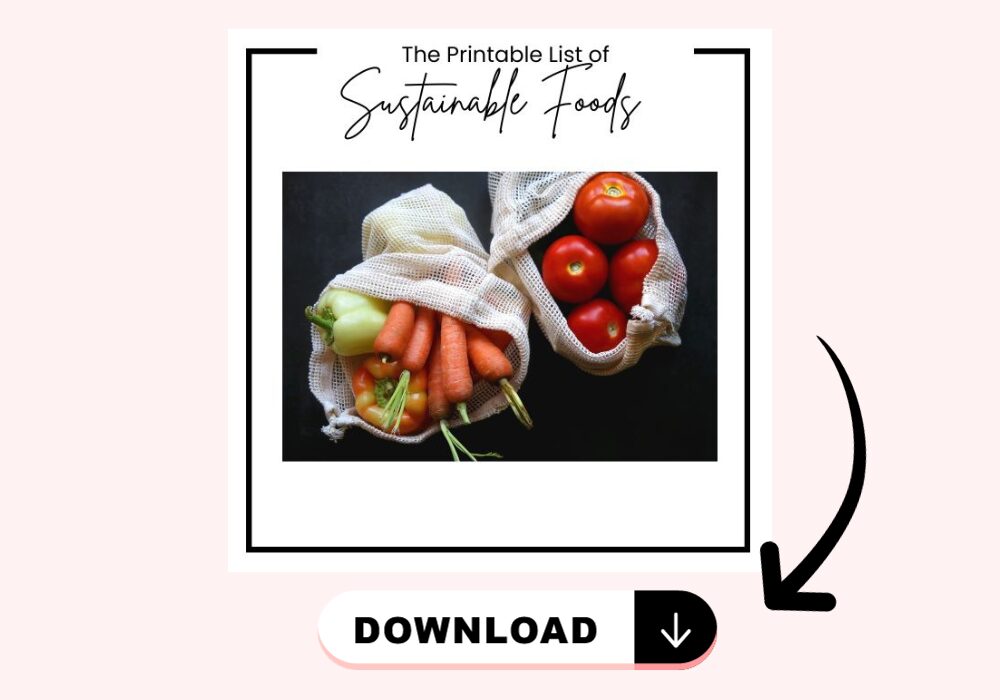
Embracing sustainable foods is not just a trend. It’s a conscious choice that holds the power to shape a healthier and more resilient future for our planet. We become stewards of our well-being and the environment by opting for locally sourced, organic, and eco-friendly options. Let our plates be a canvas for positive change as we savor the delicious intersection of responsible choices and culinary delight. Our daily food choices can contribute to a sustainable and healthy world—one meal at a time.
